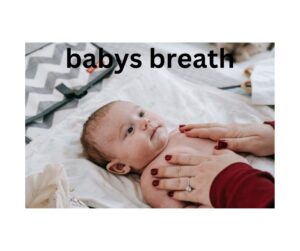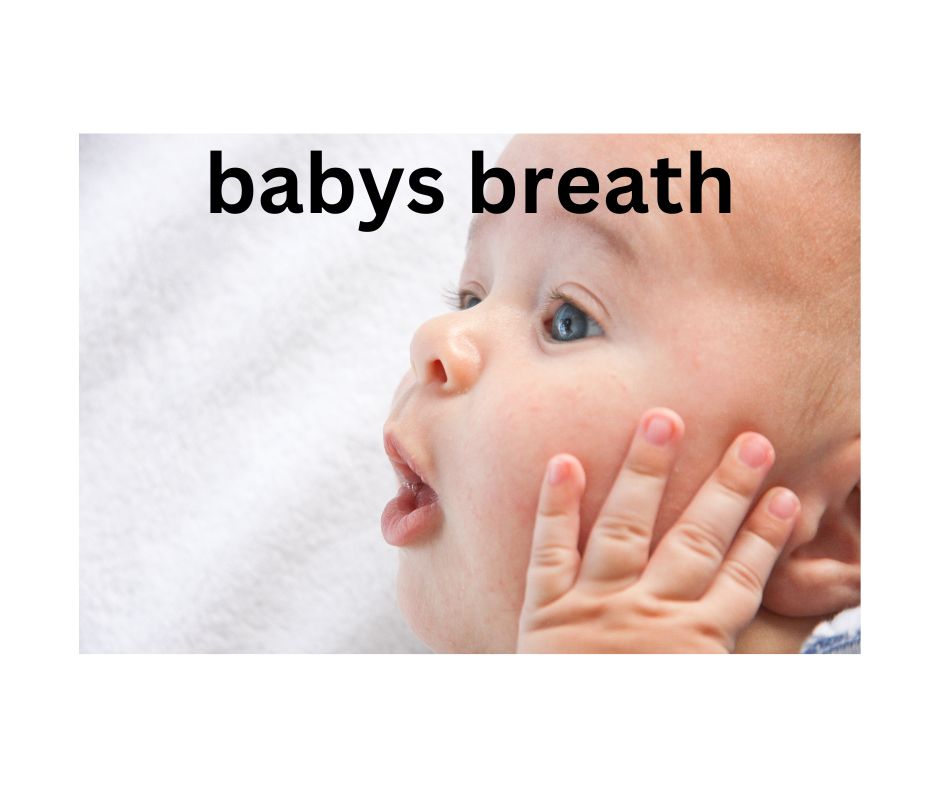Baby’s Breath, scientifically known as Gypsophila, is a delicate and enchanting flower that has captured the hearts of many with its timeless beauty. Originating from the Mediterranean region, this dainty flower has become a staple in floral arrangements, symbolizing purity, innocence, and everlasting love. In this article, we will delve into the fascinating world of Baby’s Breath, exploring its history, characteristics, and the various ways it can be used to enhance your surroundings.



Table of Contents
ToggleHistory and Origins:
The history of Baby’s Breath dates back centuries, with its name “Gypsophila” derived from the Greek words “gypsums” meaning gypsum and “phallos” meaning loving. Legend has it that the flower thrived in the soil rich in gypsum, leading to its unique name. The plant’s delicate appearance has made it a symbol of delicacy and grace, making it a popular choice for weddings and other celebratory occasions.
Characteristics:
Baby’s Breath is renowned for its small, cloud-like clusters of tiny flowers that adorn slender, branching stems. The most common variety, Gypsophila paniculata, features small white blooms, but you can also find pink and lavender varieties. Its feathery and airy quality adds a touch of elegance to any arrangement, making it a favorite among florists and garden enthusiasts alike.
Versatility in Floral Arrangements:
One of the key reasons for Baby’s Breath’s popularity is its versatility. While it is often used as a filler in bouquets, its delicate beauty also allows it to shine on its own. Whether paired with vibrant roses, lush greenery, or simply gathered in a standalone arrangement, Baby’s Breath adds a touch of romance and sophistication to any floral creation.
Wedding Symbolism:
Baby’s Breath has become synonymous with weddings, symbolizing purity, innocence, and everlasting love. Its timeless appeal makes it a favorite choice for bridal bouquets, centerpieces, and venue decorations. The delicate white flowers complement various color palettes, making them a perfect choice for both traditional and contemporary wedding themes.
Growing and Caring for Baby’s Breath:
If you’re inspired to bring the beauty of Baby’s Breath into your own garden, it’s essential to understand its growing requirements. Gypsophila thrives in well-drained soil with plenty of sunlight. It’s a relatively low-maintenance plant, making it suitable for both novice and experienced gardeners. Regular pruning can encourage bushier growth and prolong the blooming period.
Beyond Bouquets: Creative Uses of Baby’s Breath:
While Baby’s Breath is a staple in floral arrangements, its uses extend beyond bouquets. Consider incorporating dried Baby’s Breath into wreaths, creating delicate hanging arrangements, or using it to add a touch of elegance to gift wrapping. Its versatility makes it a fantastic choice for various DIY projects, allowing you to infuse your surroundings with its ethereal charm.
Conclusion:
In the world of flowers, few capture the imagination quite like Baby’s Breath. Its delicate appearance, timeless symbolism, and versatility make it a beloved choice for weddings, events, and everyday floral arrangements. Whether you’re a gardening enthusiast or someone looking to add a touch of elegance to your space, consider the enchanting beauty of Baby’s Breath to bring a breath of fresh air into your life.
Breathe vs. Breath: Unraveling the Intricacies of Language
The English language is rich and diverse, offering a multitude of words with subtle differences that can sometimes confuse even the most seasoned writers and speakers. One such pair of words that often perplexes individuals is “breathe” and “breath.” Though they may sound similar and share a common root, these words have distinct meanings and applications. In this article, we will delve into the nuances of “breathe” and “breath” to clarify their usage and help you wield them with precision.
Breathe (Verb):
Let’s begin with “breathe,” which is a verb. “Breathe” is an action word that refers to the act of inhaling and exhaling, the process of taking in air and expelling it from the lungs. Breathing is a fundamental and involuntary function essential for sustaining life. For example:
- He paused to breathe deeply after the strenuous workout.
- In moments of stress, it’s crucial to take a moment and breathe.
“Breathe” can also be used figuratively to describe the absorption or experience of something:
- The forest seemed to breathe tranquility.
- The music made the room breathe with emotion.
Breath (Noun):
On the other hand, “breath” is a noun that refers to a single inhalation and exhalation of air. It represents the air that is drawn into and expelled from the lungs in one cycle of breathing. For instance:
- She took a deep breath before delivering the speech.
- The mountain air was crisp and invigorating with every breath.
Additionally, “breath” is often used metaphorically to signify vitality, life, or the essence of something:
- The last breath of winter lingered in the air.
- The poem captured the very breath of the human experience.
Key Differences:
- Part of Speech:
- “Breath” is a noun, denoting a single inhalation and exhalation or the air associated with breathing.
- Usage:
- Use “breathe” when describing the act of breathing or taking in air.
- Use “breath” when referring to the air taken into or expelled from the lungs in one breathing cycle or as a metaphor for vitality.
- Examples:
- Correct: She took a moment to breathe and gather her thoughts.
- Incorrect: She took a moment to breath and gather her thoughts.
- Correct: The wind whispered through the trees, carrying the breath of nature.
- Incorrect: The wind whispered through the trees, carrying the breathe of nature.
Conclusion:
While “breathe” and “breath” share a common origin, their distinct roles as a verb and noun give rise to different meanings and applications. Understanding these nuances is essential for effective communication and writing. So, the next time you find yourself grappling with the choice between “breathe” and “breath,” take a moment to breathe and let the correct usage come naturally.

